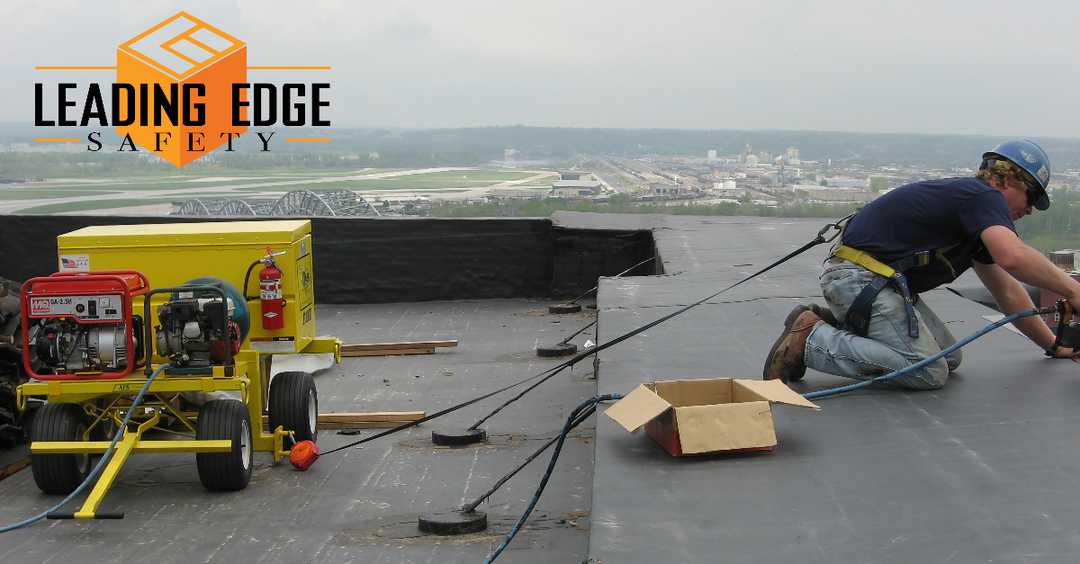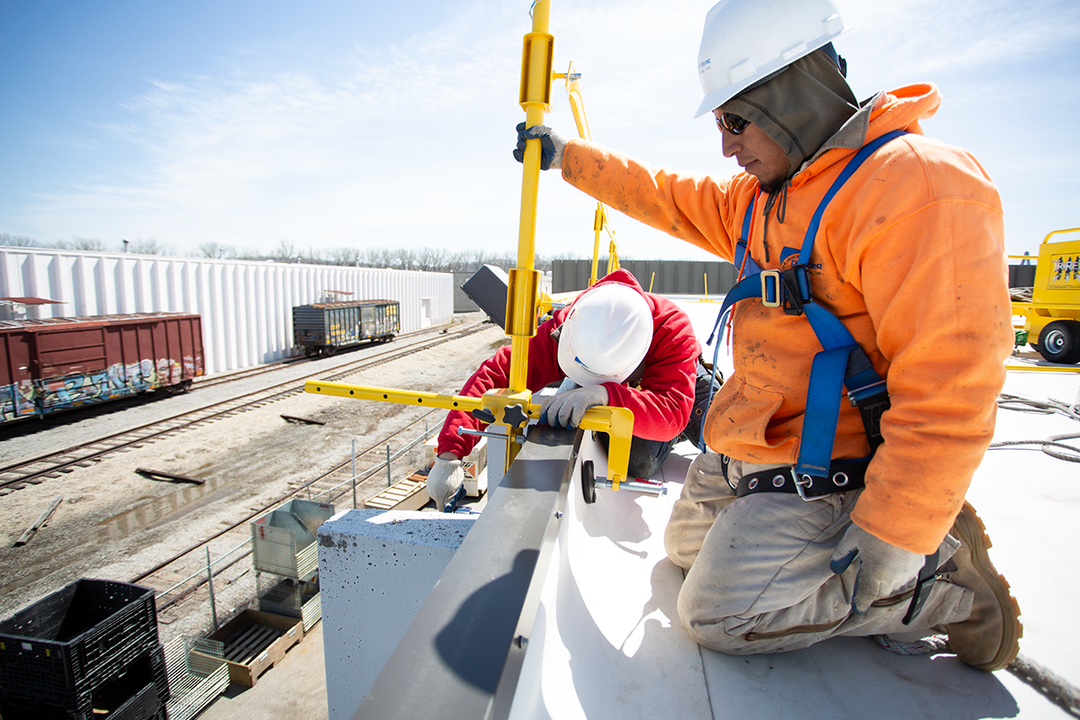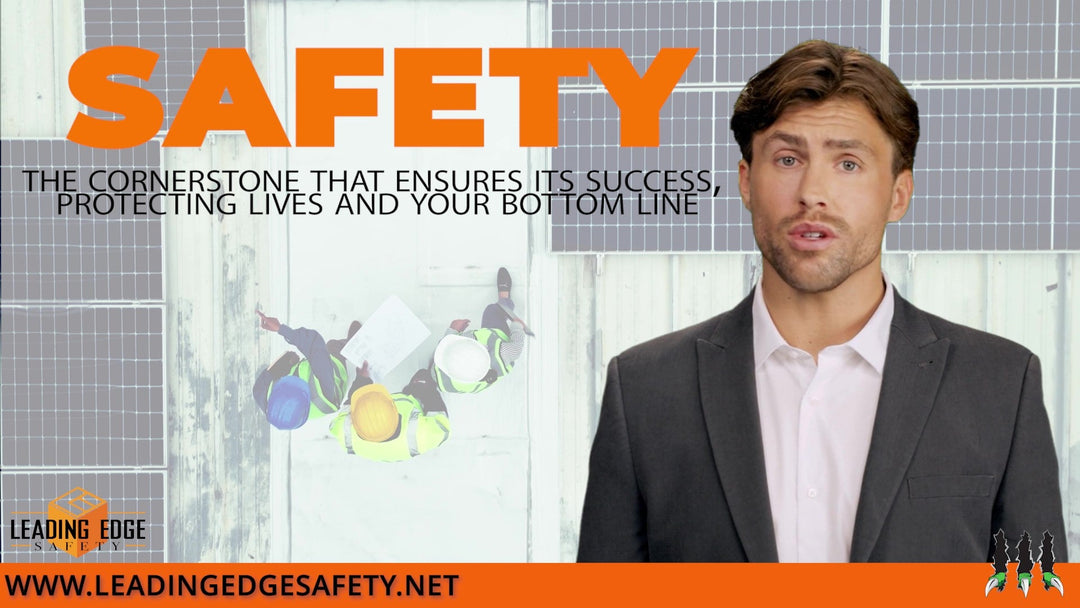OSHA Fall Protection Changes
Final rule goes into effect January 17, 2017
Did you know OSHA’s final rule on Walking-Working Surfaces and Fall Protection Standards went into effect on January 17, 2017? The Final Rule updates, aligns and provides greater flexibility in General Industry Walking-Working Surfaces and Fall Protection Standards. The rule benefits employers by providing greater flexibility in choosing a fall protection system. For example, it eliminates the existing mandate to use guardrails as a primary fall protection method and allows employers to choose from accepted fall protection systems they believe will work best in a particular situation - an approach that has been successful in the construction industry since 1994. As much as possible, OSHA aligned fall protection requirements for general industry with those for construction, easing compliance for employers who perform both types of activities.
Fall Protection Options
The rule requires employers to protect workers from fall hazards along unprotected sides or edges that are at least 4 feet above a lower level. It also sets requirements for fall protection in specific situations. OSHA defines fall protection as “any equipment, device, or system that prevents a worker from falling from an elevation or mitigates the effect of such a fall.” Under the final rule, employers may choose from the following fall protection options:
- Guardrail System – A barrier erected along an unprotected or exposed side, edge, or other area of a walking-working surface to prevent workers from falling to a lower level.
- Safety Net System – A horizontal or semi-horizontal, cantilever-style barrier that uses a netting system to stop falling workers before they make contact with a lower level or obstruction.
- Personal Fall Arrest System – A system that arrests/stops a fall before the worker contacts a lower level. Consists of a body harness, anchorage, and connector, and may include a lanyard, deceleration device, lifeline, or a suitable combination.
- Travel Restraint System – A combination of an anchorage, anchorage connector, lanyard (or other means of connection), and body support to eliminate the possibility of a worker going over the unprotected edge or side of a walking-working surface.
When & Where You Need Fall Protection
For unprotected sides and edges on low-slope roofs, OSHA 1910.28(b)(1)(i) requires employees to be protected from falling when the walking-working surface is 4 feet or more above the lower level by one of the following:
- 1910.28(b)(13)(i) – When work is performed less than 6 feet (1.6 m) from the roof edge, the employer must ensure each employee is protected from falling by a guardrail system, safety net system, travel restraint system, or personal fall arrest system.
- 1910.28(b)(13)(ii) – When work is performed at least 6 feet (1.6 m) but less than 15 feet (4.6 m) from the roof edge, the employer must ensure each employee is protected from falling by using a guardrail system, safety net system, travel restraint system, or personal fall arrest system. The employer may use a designated area when performing work that is both infrequent and temporary.
- 1910.28(b)(13)(iii) – When work is performed 15 feet (4.6 m) or more from the roof edge, the employer must:
- 1910.28(b)(13)(iii)(A) – Protect each employee from falling by a guardrail system, safety net system, travel restraint system, or personal fall arrest system or a designated area. The employer is not required to provide any fall protection, provided the work is both infrequent and temporary.
Timeline
Most of the rule became effective January 17, 2017, 60 days after publication in the Federal Register, but other effective dates include:
- Ensuring exposed workers are trained on fall hazards (May 17, 2017),
- Ensuring workers who use equipment covered by the final rule are trained (May 17, 2017),
- Inspecting and certifying permanent anchorages for rope descent systems (November 20, 2017),
- Installing personal fall arrest or ladder safety systems on new fixed ladders over 24 feet and on replacement ladders/ladder sections, including fixed ladders on outdoor advertising structures (November 19, 2018),
- Ensuring existing fixed ladders over 24 feet, including those on outdoor advertising structures, are equipped with a cage, well, personal fall arrest system, or ladder safety system (November 19, 2018), and
- Replacing cages and wells (used as fall protection) with ladder safety or personal fall arrest systems on all fixed ladders over 24 feet (November 18, 2036).
OSHA Fact Sheet Frequently Asked Questions Rule in the Federal Register







